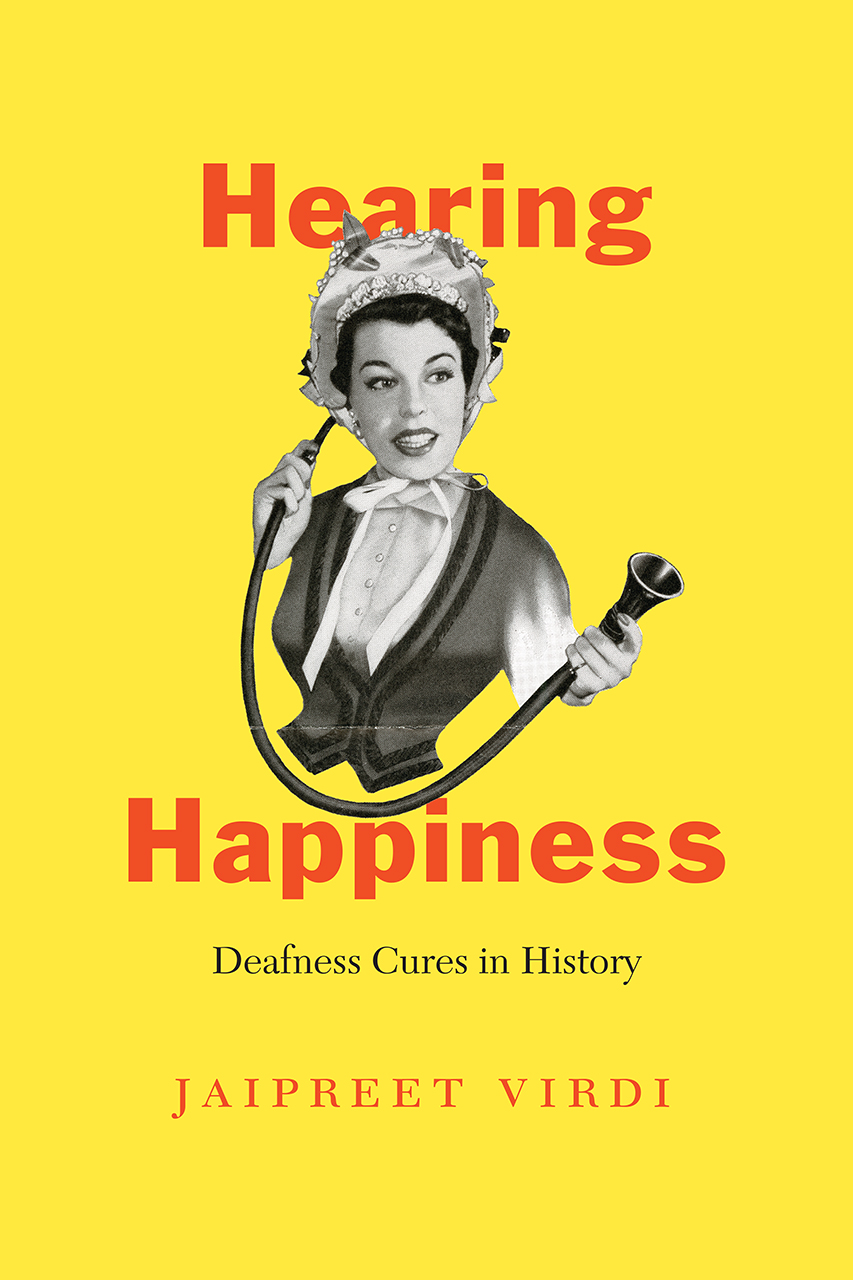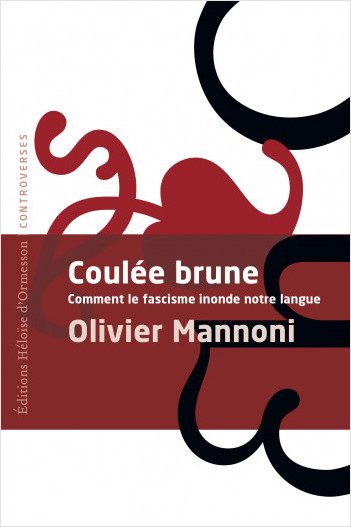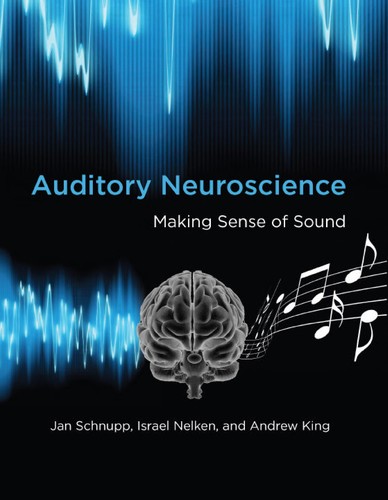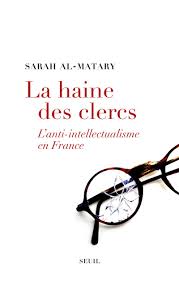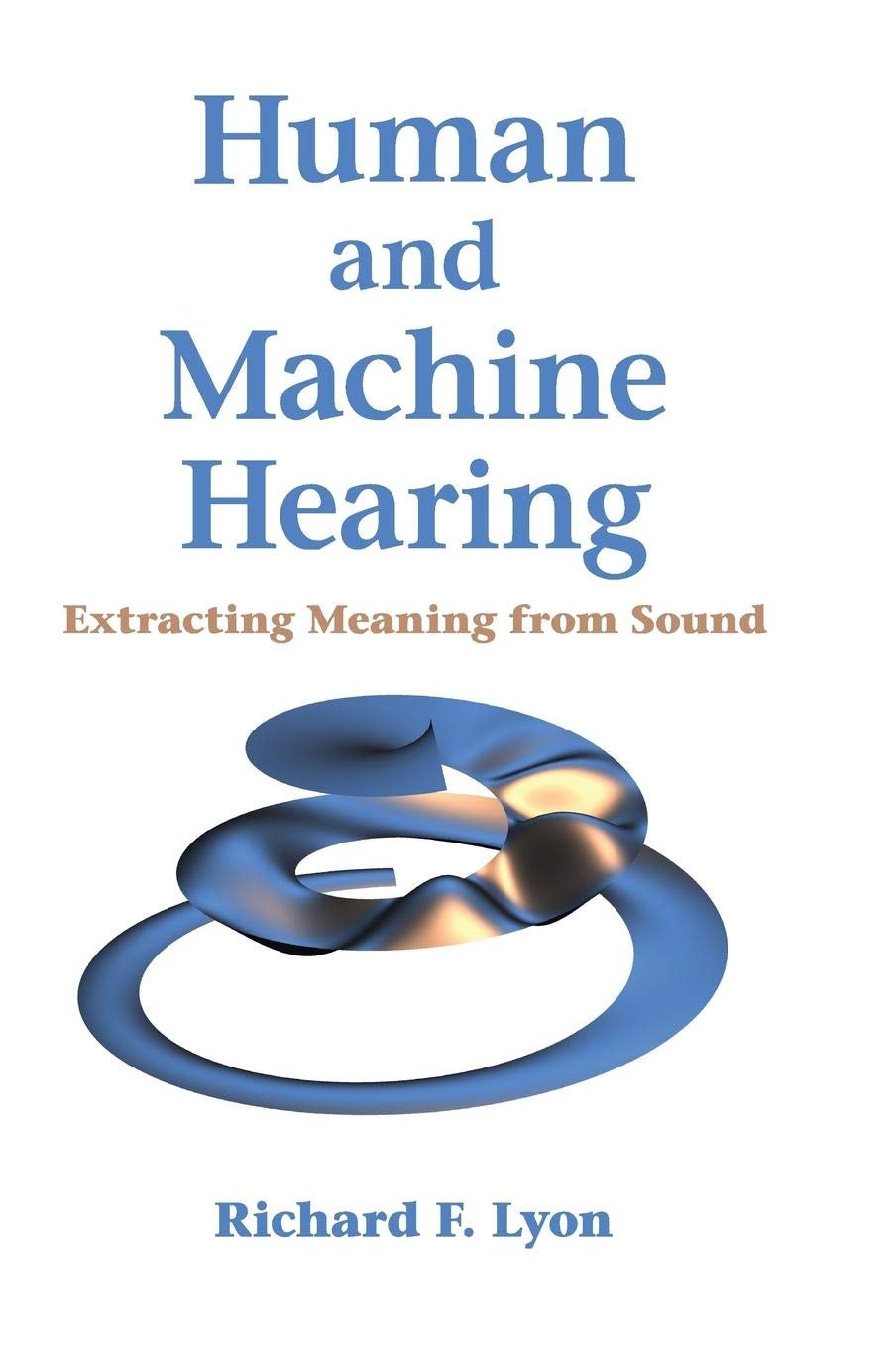Léo Varnet quoted Le Gars qu'a mal tourné by Gaston Coute
Ah ! bon Guieu qu'des affich's su' les portes des granges !... C'est don' qu'y a 'cor queuqu' baladin an'hui dimanche Qui dans' su' des cordieaux au bieau mitan d'la place ? Non, c'est point ça !... C'tantoût on vote à la mairie Et les grands mots qui flût'nt su' l'dous du vent qui passe : Dévouement !... Intérêts !... République !... Patrie !... C'est l'Peup' souv'rain qui lit les affich's et les r'lit...
(Les vach's, les moutons, Les oué's, les dindons S'en vont aux champs, ni pus ni moins qu'tous les aut's jours En fientant d'loin en loin l'long des affich's du bourg.)
Les électeurs s'en vont aux urn's en s'rengorgeant, « En route !... Allons voter !... Cré bon Guieu ! Les bounn's gens !... C'est nous qu'je t'nons à c't'heur' les mâssins d'la charrue, J'allons la faire aller à dia ou ben à hue ! Pas d'abstentions !... C'est vous idé's qui vous appellent... Profitez de c'que j'ons l'suffrage univarsel !...»
(Les vach's, les moutons, Les oué's, les dindons Pâtur'nt dans les chaum's d'orge à bell's goulé's tranquilles Sans s'ment songer qu'i's sont privés d'leu's drouéts civils.)
Y a M'sieu Chouse et y a M'sieu Machin coumm' candidat. Les électeurs ont pas les mêm's par's de leunettes : - Moué, j'vot'rai pour c'ti-là !... Ben, moué, j'y vot'rai pas !... C'est eun' foutu crapul' !... C'est un gas qu'est hounnête !... C'est un partageux !... C'est un cocu !... C'est pas vrai !... On dit qu'i fait él'ver son goss' cheu les curés !... C'est un blanc !... C'est un roug' !... - qu'i's dis'nt les électeurs : Les aveug'els s’chamaill'nt à propos des couleurs.
(Les vach's, les moutons, Les oué's, les dindons S'fout'nt un peu qu'leu' gardeux ait nom Paul ou nom Pierre, Qu'i' souét nouér coumme eun' taupe ou rouquin coumm' carotte I's breum'nt, i's bél'nt, i's glouss'nt tout coumm' les gens qui votent Mais i's sav'nt pas c'que c'est qu'gueuler : « Viv' Môssieu l'Maire ! »)
C'est un tel qu'est élu !... Les électeurs vont bouére D'aucuns coumme à la noc', d'aut's coumme à l'entarr'ment, Et l'souèr el' Peup' souv'rain s'en r'tourne en brancillant... Y a du vent !... Y a du vent qui fait tomber les pouères !
(Les vach's, les moutons, Les oué's, les dindons Prenn'nt saoûlé' d'harb's et d'grains tous les jours de la s'maine Et i's s'mett'nt pas à chouèr pasqu'i's ont la pans' pleine.)
Les élections sont tarminé's, coumm' qui dirait Que v'là les couvraill's fait's et qu'on attend mouésson... Faut qu'les électeurs tir'nt écus blancs et jaunets. Pour les porter au parcepteur de leu' canton ; Les p'tits ruissieaux vont s'pard' dans l'grand fleuv' du Budget Oùsque les malins pèch'nt, oùsque navigu'nt les grous. Les électeurs font leu's courvé's, cass'nt des cailloux Su' la route oùsqu' leu's r'présentants pass'nt en carrosses Avec des ch'vaux qui s'font un plaisi' - les sal's rosses ! - De s'mer des crott's à m'sur' que l'Peup' souv'rain balaie...
(Les vach's, les moutons, Les oué's, les dindons S'laiss'nt dépouiller d'leu's oeufs, de leu' laine et d'leu' lait Aussi ben qu's'i's -z- avin pris part aux élections.)
Boum !... V'là la guerr' !... V'là les tambours qui cougn'nt la charge... Portant drapieau, les électeurs avec leu's gâs Vont terper les champs d'blé oùsqu'i'is mouéssounn'ront pas. - Feu ! - qu'on leu' dit - Et i's font feu ! - En avant Arche !- Et tant qu'i's peuv'nt aller, i's march'nt, i's march'nt, i's marchent... ...Les grous canons dégueul'ent c'qu'on leu' pouss' dans l'pansier, Les ball's tomb'nt coumm' des peurn's quand l'vent s'cou' les peurgniers Les morts s'entass'nt et, sous eux, l'sang coul' coumm' du vin Quand troués, quat' pougn's solid's, sarr'nt la vis au persoué V'là du pâté !... V'là du pâté de peup' souv'rain !
(Les vach's, les moutons, Les oué's, les dindons Pour le compte au farmier se laiss'nt querver la pieau Tout bounnment, mon guieu !... sans tambour ni drapieau.)
...Et v'là !... Pourtant les bét's se laiss'nt pas fér' des foués ! Des coups, l' tauzieau encorne el' saigneux d'l'abattoué... Mais les pauv's électeurs sont pas des bét's coumm's d'aut'es Quand l'temps est à l'orage et l'vent à la révolte... I's votent !...
Les Électeurs
